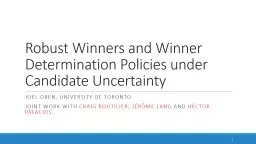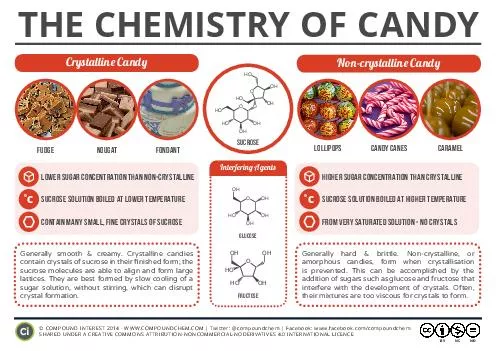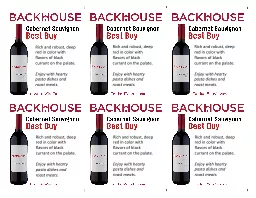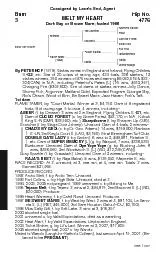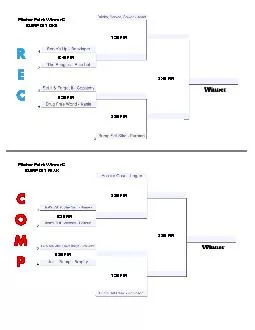PPT-Robust Winners and Winner Determination Policies under Cand
Author : faustina-dinatale | Published Date : 2016-06-04
Joel oren university of toronto Joint work with Craig boutilier JÉrôme Lang and HEctor Palacios 1 Motivation Winner Determination under Candidate Uncertainty
Presentation Embed Code
Download Presentation
Download Presentation The PPT/PDF document "Robust Winners and Winner Determination ..." is the property of its rightful owner. Permission is granted to download and print the materials on this website for personal, non-commercial use only, and to display it on your personal computer provided you do not modify the materials and that you retain all copyright notices contained in the materials. By downloading content from our website, you accept the terms of this agreement.
Robust Winners and Winner Determination Policies under Cand: Transcript
Download Rules Of Document
"Robust Winners and Winner Determination Policies under Cand"The content belongs to its owner. You may download and print it for personal use, without modification, and keep all copyright notices. By downloading, you agree to these terms.
Related Documents

